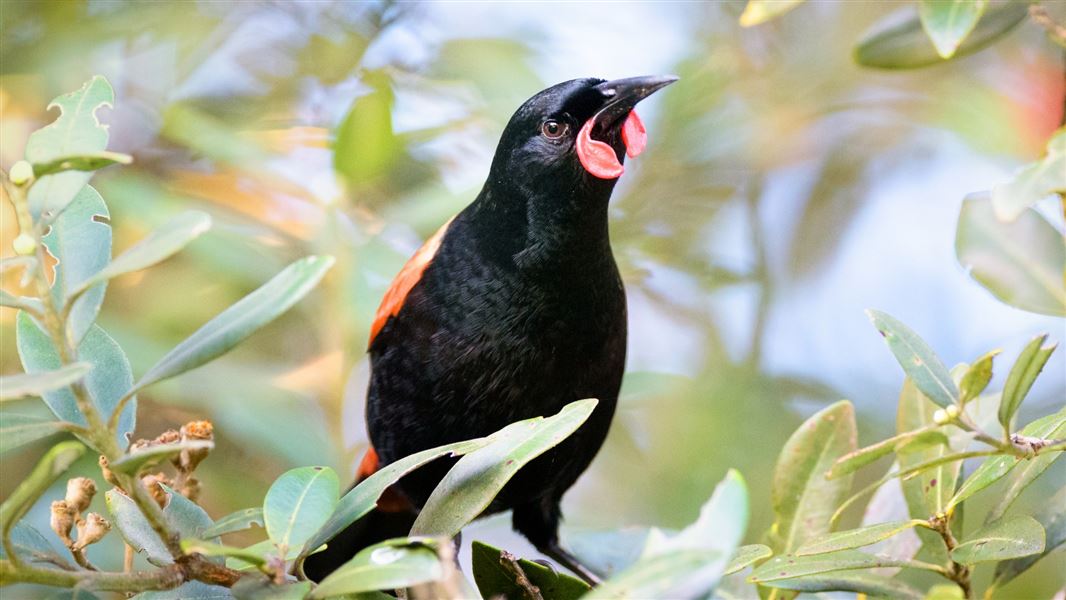Archived content: This media release was accurate on the date of publication.
Date: 24 July 2023
Funded at a cost of $1.8 million through DOC’s Tools to Market programme, the projects include new devices for detecting, luring and targeting rats, possums and mustelids (stoats, ferrets and weasels) – the most damaging introduced predators to native wildlife.
Aotearoa New Zealand’s biodiversity is in trouble with about 4000 native species at risk or threatened with extinction. Predator Free 2050 is a critical programme to reduce and ultimately remove the threat of these introduced predators to native wildlife and plants.
DOC Landscape Threats Science Manager Clayson Howell says ongoing research and innovation are crucial to develop and refine the tools and technology we need to achieve the Predator Free 2050 goal.
“The Kiwi companies and projects we are supporting are developing cutting-edge solutions and practical tools to solve our predator eradication problems.
“The focus of these projects is to address gaps in technology in three areas – user-friendly systems to process camera images and identify predators, remote sensing options to detect predators at low densities, and tools to target rats in low numbers over large areas,” says Clayson Howell.
Funded projects:
- Boffa Miskell Ltd will further develop and test a promising new scent for their long-life solid block lure, targeting rats, possums and mustelids. It will be easy to use and last more than three months before needing to be serviced.
- The Cacophony Project Ltd will develop a new low-cost, low-power portable thermal sensing device to detect and identify predators in the field and notify users. Able to be solar powered, its purpose is to detect predators in remote or hard-to-access locations.
- A second project by the Cacophony Project Ltd will further develop their existing artificial intelligence (AI)-enabled image processing platform, which handles thermal camera images. This project will enable the platform to process images and video from infrared devices.
- Aerospread Ltd (in a joint venture with X-craft Enterprises Ltd) will further develop a bait pod dispersal system delivered by Unmanned Aerial Vehicle (UAV) or drone to target and eradicate rats at low densities to prevent reinvasion and repopulation.
- Support for ASG Technologies Ltd to commercialise their portable PredaLINK system, which combines an AI camera and satellites to detect and identify predator interactions with traps and monitoring devices in the field and send this information to users. This system has been proven in field trials.
DOC received 33 applications for this Tools to Market funding round after a call for registrations of interest in January 2022.
As part of its commitment to Predator Free 2050, DOC allocates $1.4 million annually to support the development of new tools for use in predator-free projects. Since 2017, 13 projects have been funded including new lures, toxins, traps and predator detection devices.
Funding decisions are made in consideration of the similar Predator Free 2050 Ltd Products to Projects fund and some projects are co-funded.
Contact
For media enquiries contact:
Email: media@doc.govt.nz
